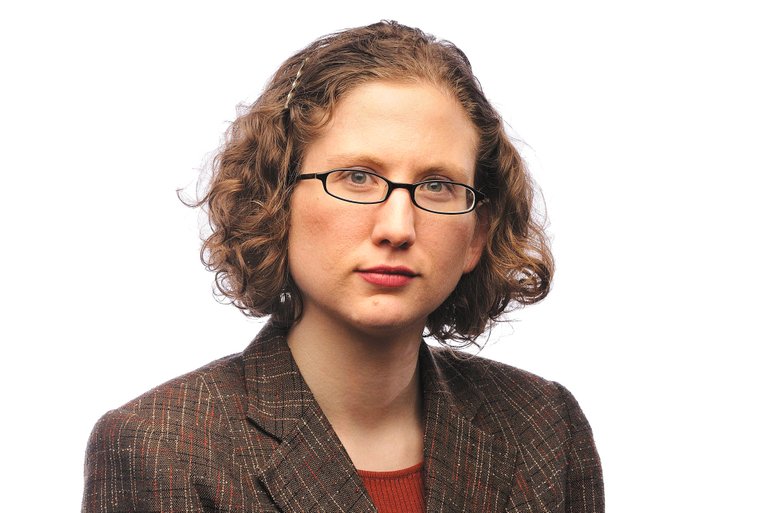It may not take a weatherman to know which way the wind blows, but if you want to know which way it’s going to blow tomorrow you should consult a meteorologist.
Likewise, it doesn’t take any kind of expert to know Clark County’s economy is in the dumps. A new study suggests that if you want to know when things will get better, however, consulting experts won’t get you very far. Even the Federal Reserve’s best models do a poor job at forecasting economic growth, the nonpartisan Brookings Institution reported Tuesday.
That conclusion spurred me to look into some recent forecasts we’ve published in The Columbian to see if experts with in-depth knowledge of specific Clark County sectors might be more successful. They aren’t.
I looked at 26 verifiable predictions The Columbian has published over the past two years. Our experts were right 10 times, wrong 16 times.
That’s not to say we would have been better off flipping a coin. When state labor economist Scott Bailey predicted that Clark County’s construction sector would shed 500 jobs in 2009, he was right that the industry would suffer. He just didn’t anticipate how bad things would be that year, when 2,000 construction workers lost their jobs.
Most Columbian predictions — 19 out of 26 — at least got the general trend right, even if they were wrong on the details.
Rob Bernardi, president of Kokusai Semiconductor Equipment in Vancouver, has been accurate 40 percent of the time, but 80 percent of the time he got the big idea right. He predicted spending on semiconductor equipment would grow 53 percent this year, for example, but it’s up more than 120 percent.
As long as sales climb when he expects they’ll climb and drop when he expects they’ll drop, Bernardi believes his forecast efforts are worthwhile. Businesses are better off if they know when to hoard inventory and when to scale back.
Bernardi builds his forecasts about the semiconductor industry after careful reviews of leading thinkers, and after looking at what recent data suggests might happen next.
Many predictions are far less thought out. When retail sales inched up 0.4 percent in August, some experts saw that as a sign that stores will continue improving for the rest of this year. I hope that’s right, but I’m skeptical that one month’s tiny increase really tells us much about the future.
“There’s a real myopia or fixation on what the latest piece of data tells us,” Bailey said. “No economist has a crystal ball.”
He prefers to look at several months of data before predicting what might come next. If we’ve been steadily moving in one direction, odds are we’ll keep going that way. Right now, Clark County’s data tells us that unemployment is high, but not climbing. Home prices are low, but not dropping.
Before satellites and Doppler radar, weather forecasts were notoriously inaccurate. The best way to predict tomorrow’s weather was to step outside and make an educated guess.
Clark County’s been under clouds for two years now. When I look at the horizon, I see clear skies in one direction, rough storms the other. The air is still, but that won’t last. I wish I knew which way the wind would blow.
Courtney Sherwood is The Columbian’s business and features editor. Reach her at 360-735-4561 or courtney.sherwood@columbian.com.



